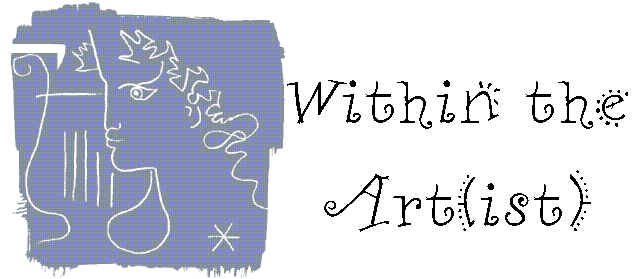
Jean Cocteau's Blood of a Poet (1930) explores the technical capabilities of film to magically transcend time, to capture creativity and to suspend physical laws. These fantastic images and unreal events are combined to create the impression of an inner artistic space. To explore the inspiration and inner workings of an artist, Jean Cocteau essentially created a cinematic poem with photographic illusions and montage instead of words and grammar. The effects of this poetic film immediately introduce the viewer to Cocteau's uniquely imaginative representation of artistic feeling and thought.
To find inspiration the artist follows the instructions of his strange muse and dives into a large mirror. This effect was accomplished by careful editing involving match cuts and likely a pool of water. Cocteau uses the mirror to symbolize a bridge to another world. The mirror world is one of artistic inspiration that exists within the domain of the artist's subconscious. Though to the modern viewer, the artist's passage through the mirror seems rough and predictable, it succeeds in symbolizing an internal transition. The mirror's adoption of abnormal properties prepares the viewer for a surreal trip into a world where objects and forces do not exist in accordance to their natural laws.
Once the artist passes through the mirror, he enters a strange hotel. The strangeness of this hotel is communicated by the artist's physical struggle against some type of sideways gravity. Cocteau accomplishes this illusion with trick photography and carefully designed sets. Similar illusions appear in the bizarre events that occur in the hotel's rooms. Employing ambitious cinematic effects, these events confirm the otherworldliness of this hotel and the artist's mind.
One of the first scenes is Cocteau's attempt to represent the transcendence of time. Reverse motion and editing to show a Mexican and a statue defeat the restrictions of time and death, as they are repeatedly destroyed and resurrected. The effectiveness of this recurring event is enhanced by Cocteau's motif use of a shattering statue, which occurs later to the muse and finally to the artist once he himself becomes a statue. However, this scene is unique because in the dream world of the artist, the statue recovers from its destruction, symbolizing the artist's mental ability to think beyond the restrictions of the physical world and his ability to reconstruct and to create.
The talents of the artist are further explored through another, less straightforward tableaux consisting of a spinning spiral and a pieced together androgynous figure. The animated spiral is characteristic of scenes depicting hypnosis or psychological analyses, and demonstrates Cocteau's imagination in set design and props. He is also experimenting with shape and movement on film and their ability to generate an optical illusion. More interesting than the kinetics of the spiral is the scene's examination of the artistic process. The scene documents the creation of an animated portrait by combining several aspects of visual arts. Cocteau begins to embrace the representation of art within film in the opening scene Blood of a Poet, with its pad of drawings, cage-like bust and the rotating mask. He then extends the convention in this scene by creating an animated portrait that in the end literally communicates with the viewer. As the portrait unfolds into a painting of a man or woman lying on a couch, different parts of the figure are outlined, photographed or are completely missing. These different styles are alternated and combined to record a creative process that finishes with a text message from the painted figure. Cocteau created the effects that produce this complex representation with dissolves, editing, match cuts and negative and positive printing.
Cocteau continues his study of camera tricks and illusions in the innovative scene of a levitating girl. This scene extends the visual effect of the shots of the artist fighting sideways gravity. With trick shots of the girl floating on the ceiling, Cocteau transforms the normal world into the artist's surreal world. Though the images lack the sophistication of modern special effects, they are sufficiently believable, and are completed by the visual relations Cocteau creates with editing between the mother and girl.
Cocteau eventually returns the artist to his origin by using reverse motion to illustrate the artist's emergence from the mirror. Though the artist's real world continues to be illogical, Cocteau's cinematic style and technical tricks during the hotel scenes impress upon the viewer that they have exited a distinctive mental environment.
Cocteau was one of the most effective filmmakers at representing elements of the subconscious. His films followed ideas presented in Surrealist works, but improved upon their expressive ability with striking optical illusions. Though many of these effects are superficial and gaudy, they indicate an innovation and technical capacity that remain impressive even by modern standards. Cocteau artfully employed composition, editing, photographic illusions and imaginative mise en scene to depict a distinctly personal world.